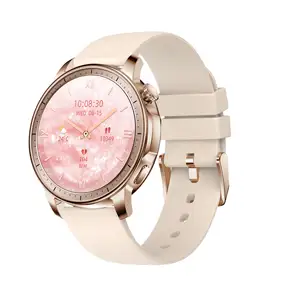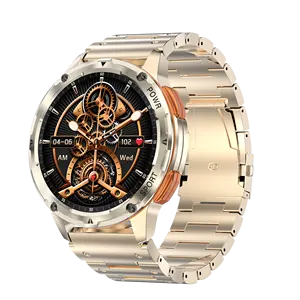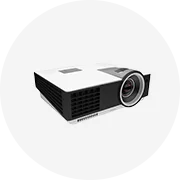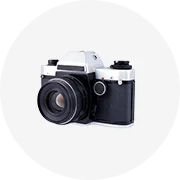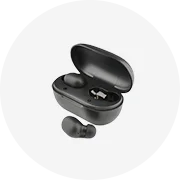Popular na sua indústria






Trabalho a frio desenhado liga de aço inoxidável HSS barra redonda de aço barras redondas AISI H13 / DIN 1.2344 / X40CrMoV5-1 / JIS SKD61
€ 2,82 - € 4,69
Pedido Mínimo: 100 Quilogramas






Barra redonda de aço 8mm preço aisi 1050 barra redonda de aço 31crmov9 barra redonda de liga de aço
€ 468,70 - € 1.406,08
Pedido Mínimo: 1 Tonelada
Envio por peça: € 48,02







C45 astm a572 grau 50 aço barra redonda de aço barra redonda sae 1524 diâmetro 80mm s40c aço carbono barra redonda
€ 0,9281 - € 4,69
Pedido Mínimo: 10 Quilogramas







50mm 70mm 4540 4140 aço barra redonda s355j2 s355 estrutura carbono aço barra redonda
€ 0,9281 - € 4,69
Pedido Mínimo: 10 Quilogramas







Barra redonda de aço carbono Aisi 1008, barra redonda de aço suave, barra redonda de aço carbono com 12 mm de diâmetro, barra redonda sólida
€ 467,76 - € 515,56
Pedido Mínimo: 1 Tonelada
Envio por peça: € 125,59







Barra redonda de aço carbono personalizada aço redondo aisi 1045
€ 590,56 - € 684,29
Pedido Mínimo: 1 Tonelada







Tubo quadrado sem costura de aço carbono redondo laminado a quente para construção com Q235B/A709/Q345b/S355jr na fábrica da China
€ 374,96 - € 468,70
Pedido Mínimo: 5 Toneladas






Barra de aço carbono ASTM 1045 C45 S45c Ck45 para barra de aço suave
€ 468,70 - € 543,69
Pedido Mínimo: 49 Toneladas
Envio por peça: € 0,00






Tubo de aço laminado a quente Q235B/A709/Q345b/S355jr Tubo quadrado de aço para processamento de aço/titânio/retangular/preto
€ 409,64 - € 475,26
Pedido Mínimo: 2 Toneladas
Envio por peça: € 703,04


















ASTM A709 S355 WT 0.9mm 250*250mm tubo seção oca para cubos de transporte
€ 739,60 - € 960,82
Pedido Mínimo: 5 Toneladas
Principais categorias
Sobre aço redondo a709
Alibaba.com oferece 24 produtos de aço redondo a709.Há uma vasta variedade de opções de aço redondo a709 disponíveis para você, como corte, flexão e soldagem. Você também pode escolher entre aisi, astm e gb aço redondo a709. Assim como laminados a quente aço redondo a709. E com a opção de ter o aço redondo a709 aço carbono.




